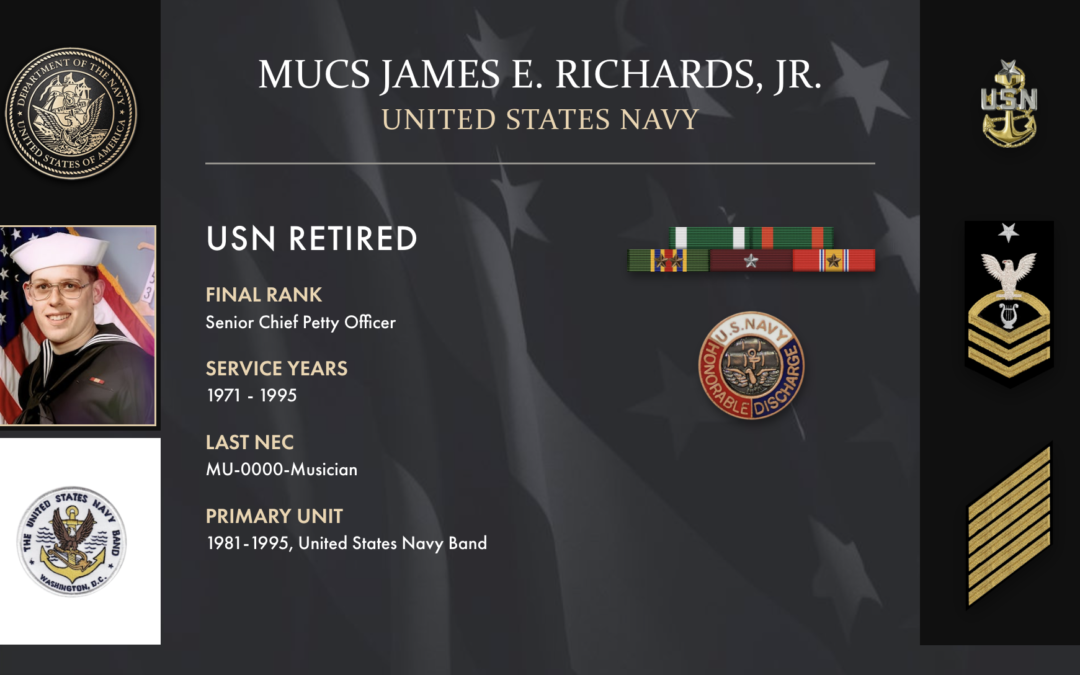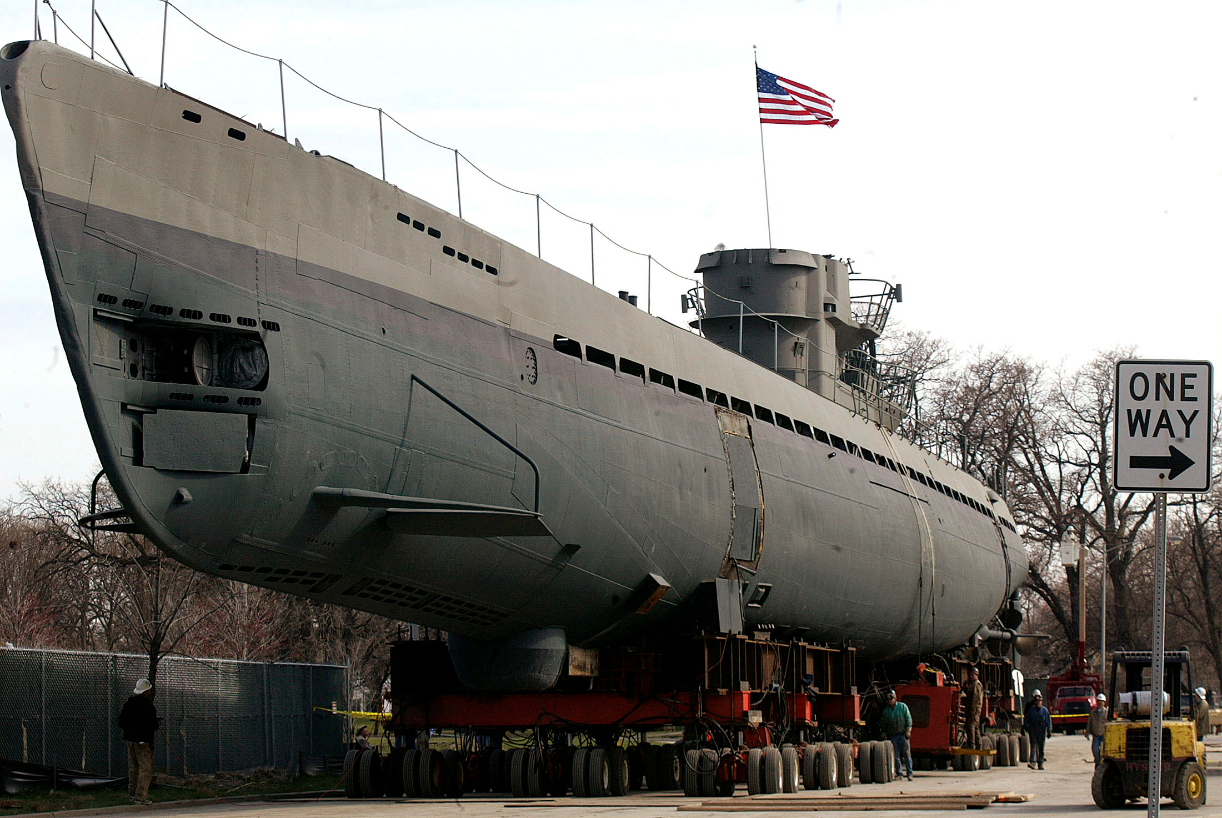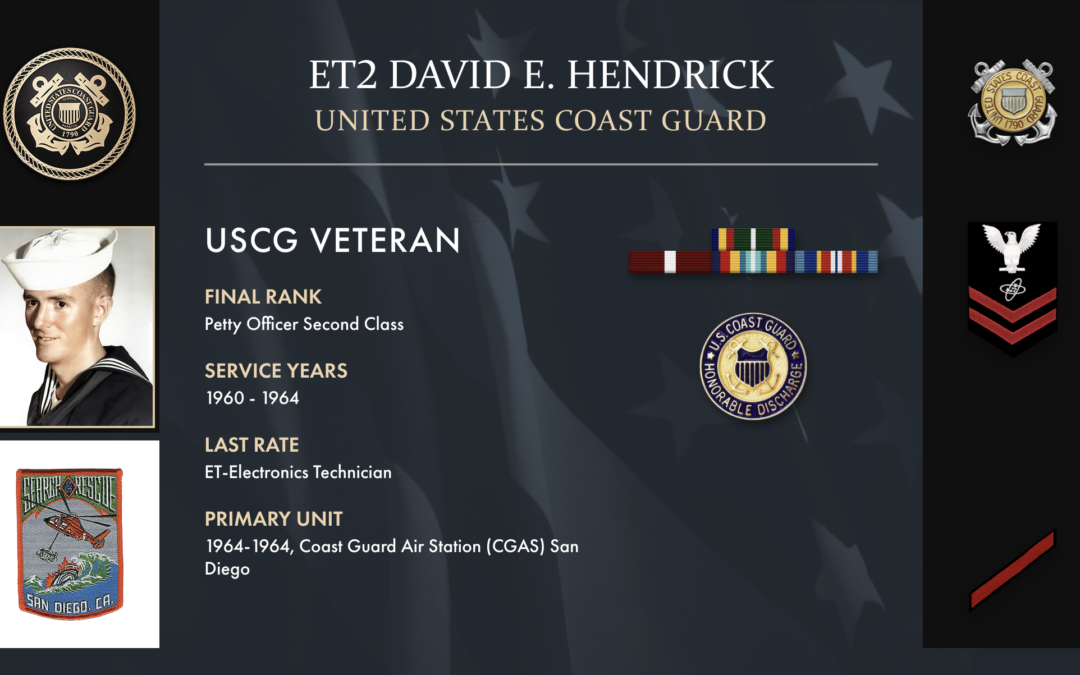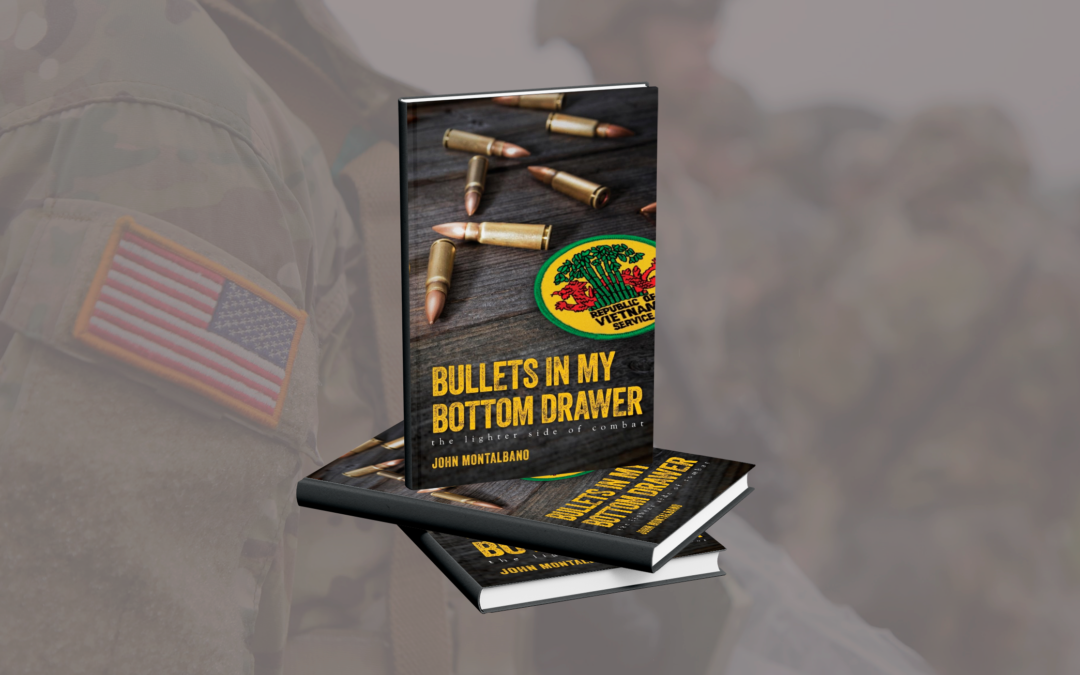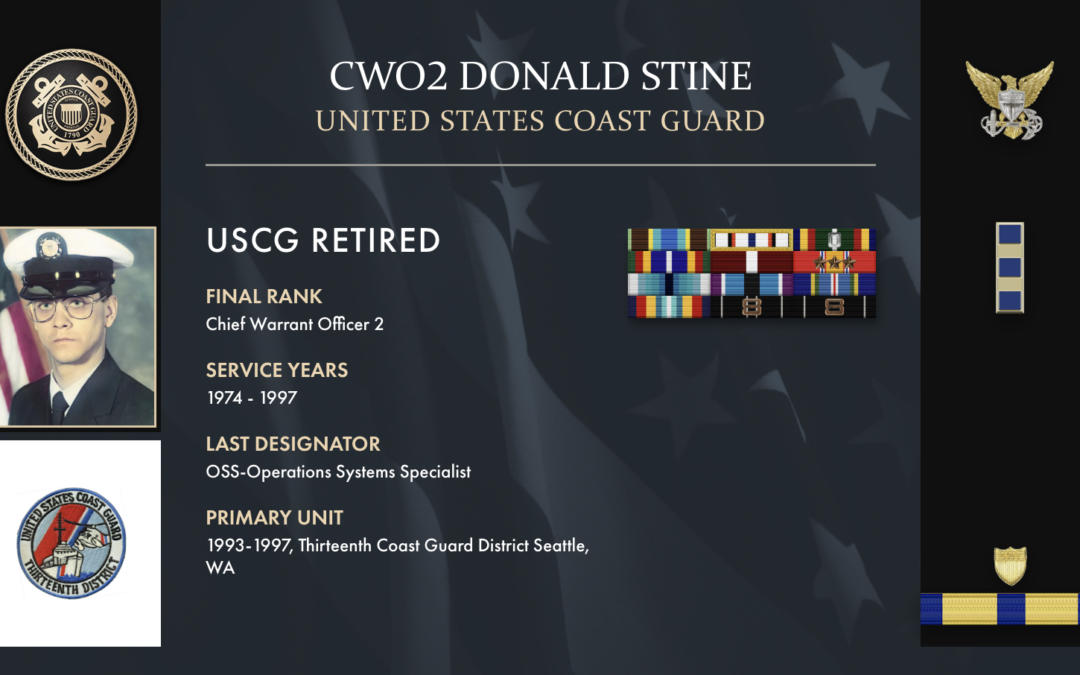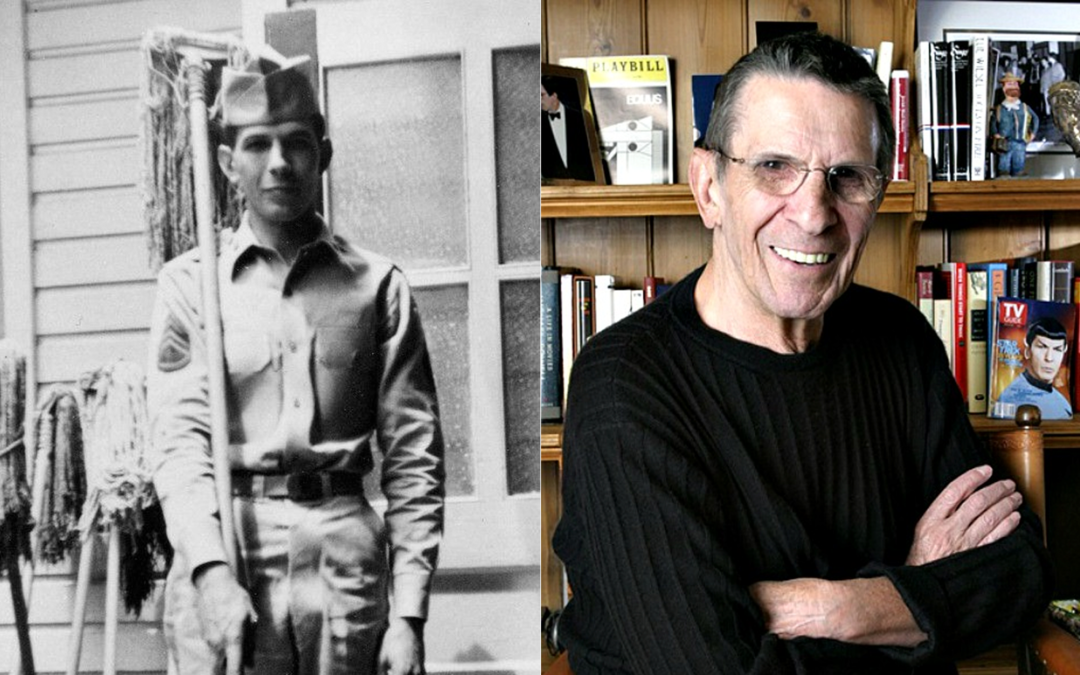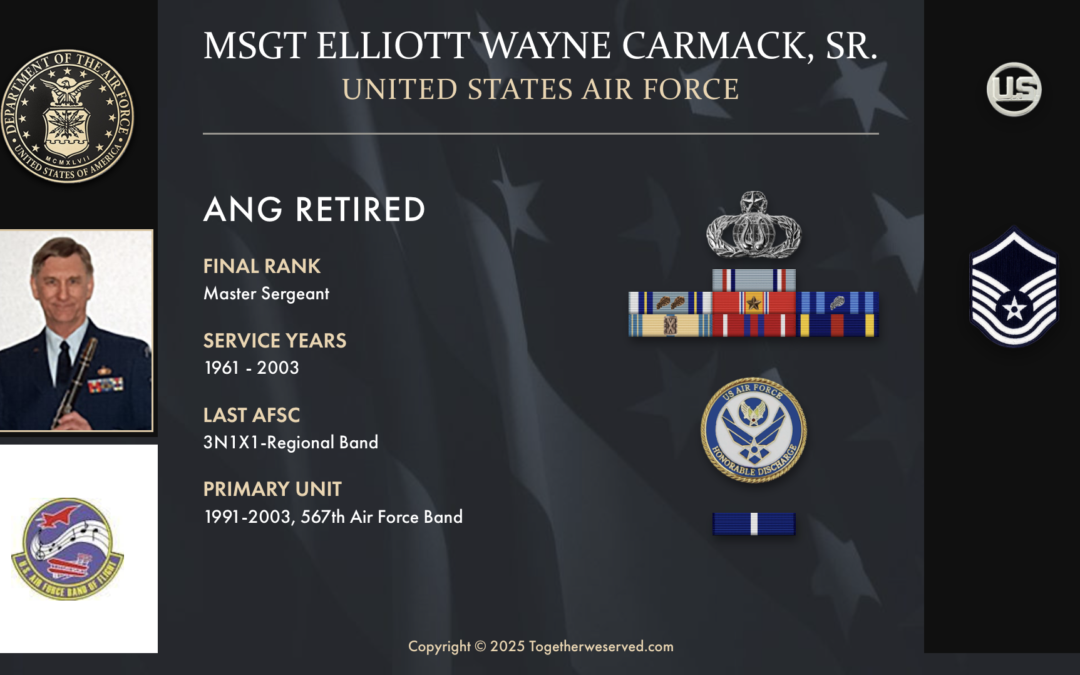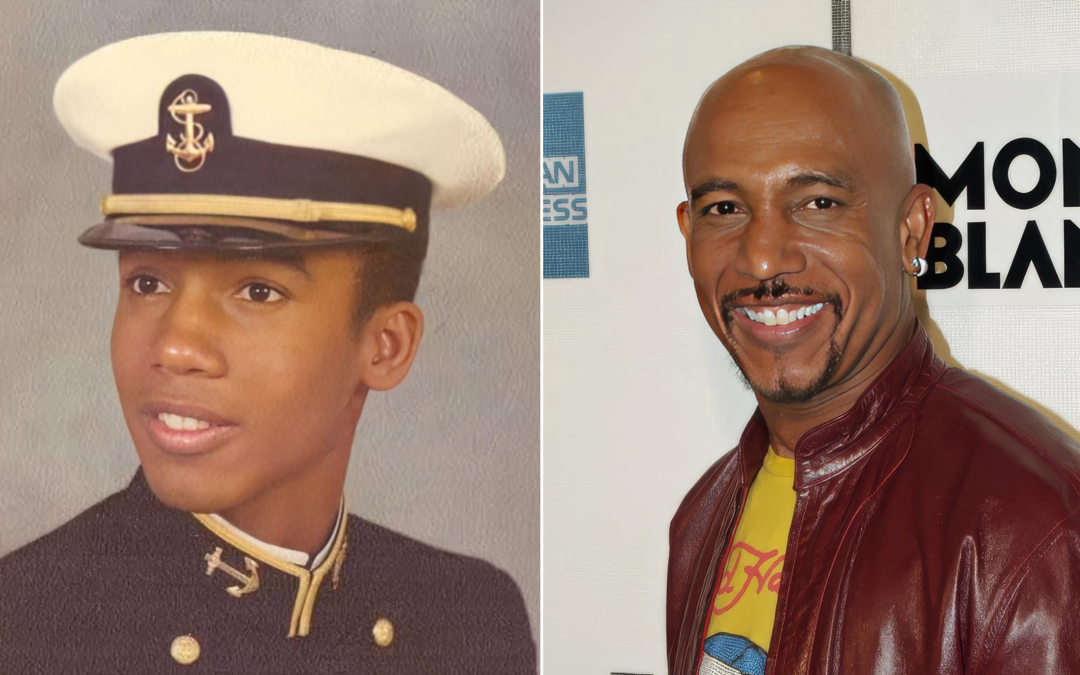I was drafted into the military during the Vietnam War and decided to join the Navy instead of entering the Army. My late uncle, a career Navy man, said to me when I was young, “Son, if you ever have to join the military, join the Navy. “You get three squares a day and a dry place to sleep!” I remembered those words, and when it came time to enlist, it was the Navy for me. The strange thing is that I realized that I really did find a home once in the Navy. I enjoyed the self-discipline you had to have to succeed in the military and found that I really liked my job and the shipmates I served with. I was out of “A” School and at my first command for about a month when I was ordered to sea. I enjoyed sea duty, especially the days steaming underway. I found the solace of being at sea very enjoyable. I was having such a great time in uniform, and I decided to keep re-enlisting and ended up with a wonderful 24-year career.
